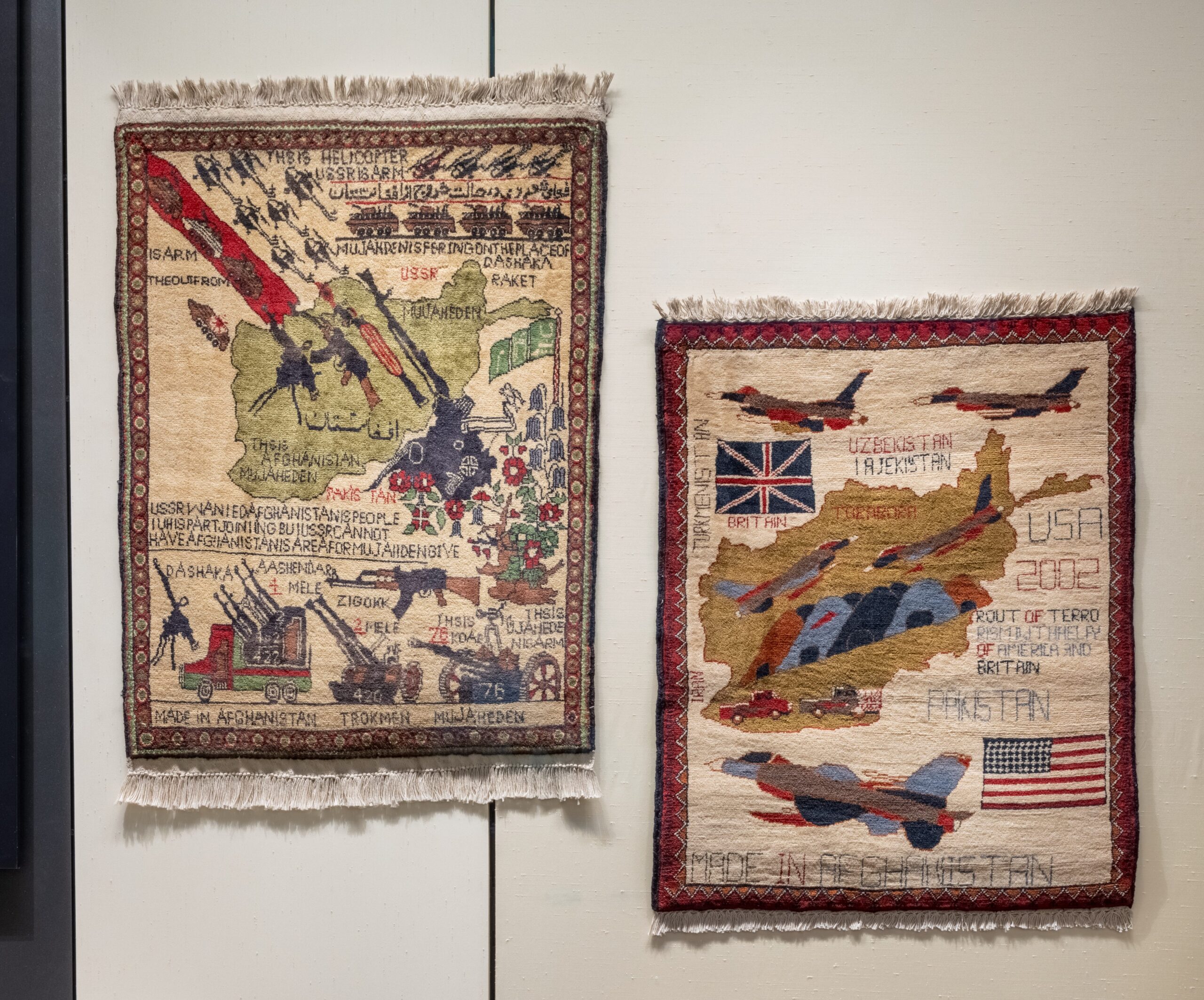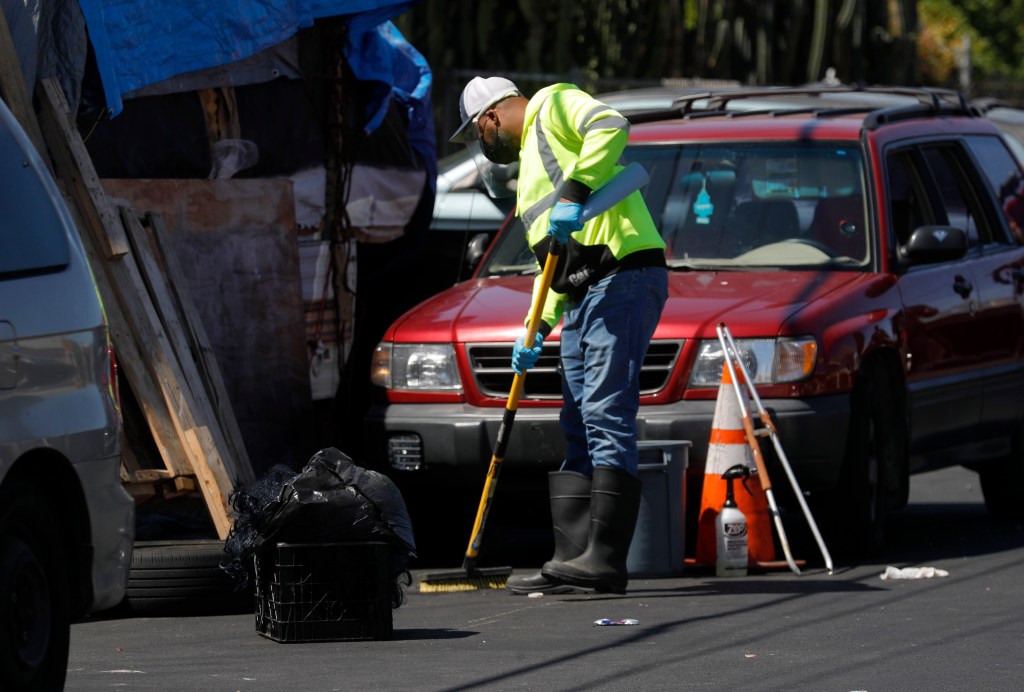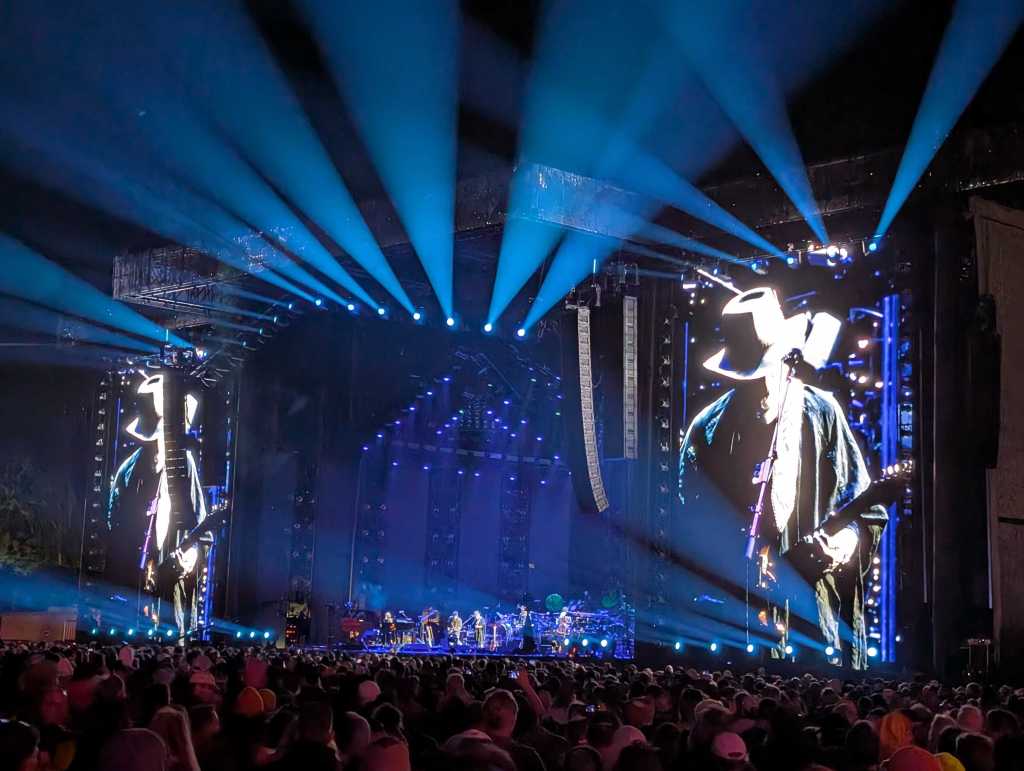
Using pure wool and natural dyes, Afghanistan’s handmade carpet-making tradition dates back several centuries, and its artisans have excelled in producing precision and beauty, a heritage recognized by UNESCO in 2003. These rugs carry tribal and regional elements, which distinguish various areas of production. In London, a series of mesmerizing Afghan “war rugs,” militaria on textile showing singular vignettes of foreign invasions, is on view at the British Museum. One thread at a time, these unique carpets provide a striking visual record of more than fifty years of political turmoil, bringing a contemporary twist to conventional tapestry.
War rugs, which integrate the representation of military objects and scenes into traditional carpet-making, emerged in Afghanistan during the 1980s. War rugs are unlike the more common examples featuring highly elaborate geometrical designs embellished with flowery or botanical touches in that they frame radically different pictorial motifs, such as the Soviet invasion of 1979 and subsequent war through 1989, but also the U.S.-led “War on Terror” post-9/11, that culminated in the full withdrawal of U.S. troops in 2021 and the return of the Taliban to power the same year.
Nested in its Islamic world gallery behind glass displays, the British Museum chronologically presents nine of such war carpets of various sizes along with objects used in Afghan carpet-making as well as archival material, such as photographs. We start our visit with an early war rug, a three-tiered design rich in plum and ochre colors. At first, it resembles an abstract garden with blossoming flowers. The artists’ subterfuge—assuming that many sets of hands rather than one were involved in the rug’s production—is subtle. Instead of birds, the weavers have included looming Soviet military helicopters, a substitution which references how Afghans experienced changes in the sky following the deployment of airborne troops and equipment from the Soviet Union.


The following rug is more explicit in its depiction of the brutal ten-year war that contributed to the collapse of the Soviet Union and the rise of the Mujahideen guerrilla groups, resulting in the death and forced displacement of millions of Afghans, including in neighboring Iran and Pakistan. The carpet subverts the traditional border that typically frames a central panel or scene by including images of Soviet tanks, lined geometrically as if rolling in their own parade. The rug’s field concentrates more visual inserts: Afghans recognizable with their distinctive hats, richly decorated camels, more helicopters and horn-bearing white demons known as “divs” in Middle Eastern lore, along with inscriptions in Dari, one of Afghanistan’s official languages.
This pictorial rug is allegorical. In Shahnameh, a 10th/11th-century Persian poem popular in Afghanistan, poet Ferdowsi narrates how warrior Rustam eventually triumphs over the White Div, the leader of demons. The inclusion of these diabolical creatures in the carpet encourages us to see the resistance of Afghans to the Soviet invasion (represented by the mythological divs) as a heroic undertaking as well as a spiritual one.
Spiritual overtones are also found in another carpet produced during the same period (1980–1990). Labeled Carpet with gun ‘hand,’ an ominous red shape stares at us: a hand, whose fingers are elongated with the barrels of anti-aircraft guns. Besides the recurrent images of tanks and the inclusion of new motifs, such as opium poppies, grenades and missiles, the symbol of the hand hails back to other cultural references.
As the hand of Fatima, Prophet Muhammad’s daughter, the symbol is used for protection across the Islamic world, but here it most likely nods to the standards used during Shi’a ritual processions commemorating the martyrdom of Husayn and Abbas in the battle of Karbala in 680 CE, in which the latter lost his hands in an act of sacrifice and loyalty. Directly invoking faith, the rug recalls that the Afghan-Soviet War was also about affirming Islam’s place in the social fabric of the country over the Communist regime’s atheistic tenets.


The last carpets on show jump to the more recent period of the U.S.-led coalition post-9/11. One from 2002 depicts a map of Afghanistan surrounded by its neighbors together with the American and British flags—as members of the multinational military mission (the International Security Assistance Force, or ISAF) active through 2014. Altogether stripped of its traditional motifs, the carpet shows military equipment, fighter jets and mountains along with the inscription “Tora Bora,” commemorating the coalition-led airstrikes against the Tora Bora mountains cave complex in Afghanistan, where Al-Qaeda leader Osama Bin Laden was believed to hide. Written in English, this carpet is stylized for a Western audience, marketed as a souvenir from Afghanistan—for the soldiers, diplomats and humanitarians who have begun to buy these memorabilia keepsakes from their time in Kabul and elsewhere.
One can view these war rugs as a medium for political commentary on ongoing conflicts from the vantage point of local people. Not quite postcolonial propaganda posters-on-textile, the rugs have nonetheless defined an evolving iconography of war, resistance and national identity. From their rise in the early 1980s, their production declined after 1992 and the start of the Afghan Civil War, a time of dire socioeconomic conditions and fierce group infighting. They resurfaced after 9/11 and have only recently experienced institutional recognition as distinct art forms. The International Folk Art Museum in Santa Fe, New Mexico, and the Drill Hall gallery at the Australian National University organized exhibitions devoted to Afghan war rugs in 2020 and 2021, respectively. “Rug-making families wanted to record the war engulfing their country even as they were creating a commercial product to be sold, as with all Afghan rugs, primarily to foreigners,” writes Tim Bonyhady, co-curator of “I weave what I have seen: The War Rugs of Afghanistan,” in Canberra, Australia, in the accompanying book of the same name.


As creative works primarily destined for the commercial market, these war rugs question intentionality, audience and authorship: to what extent are their narrative expressions indigenous or blended with copying formatted or commissioned templates to meet buyers’ demands? Most of the artists remain, sadly, anonymous. Produced in traditional carpet-making studios, they also carry the mark of exile, chiefly by women and girls displaced in Iran and Pakistan, many of whom are illiterate. In the refugee communities of Pakistan and Iran, men and boys became more involved in weaving over time.
The rugs embody a form of vernacular-commercial art and bring innovation to folk tradition. Their use has also mutated: from adorning floors to being hung on walls, in galleries or private collections, they have transformed into a movable “postcard” of an embattled country. Formerly utilitarian and functional—a carpet to warm and enhance the appearance of an interior—these war rugs have become art objects.
The British Museum display is rather sparse given the richness of the subject matter, and one wishes for a more ambitious survey. Though weaving equipment such as looms is included in the exhibition, other objects, like boots once belonging to a member of the Hazara community in Afghanistan during the 19th Century or a goat skull talisman, are less obviously related or relevant to the war rugs. This creates a confusing, overlapping scenography which tries to tell too many stories at once: presenting the history of Afghanistan, explaining the process of carpet-making, showcasing Afghanistan’s cultural and ethnic diversity and highlighting recent invasions. Unintentionally perhaps, the ethnographic objects feed into a continuum of empire and violence (the first Anglo-Afghan War took place during 1838-1842), which sees attempts at contextualizing Afghanistan mainly through a foreign gaze.
Crowding out other visual renditions of storytelling, the war rugs probe the aestheticization of war and the risk of defining a country primarily by its violent past and present at the expense of other images or narratives. Interest from Western buyers and collectors may lead to an extreme form of commodification and trivialization without pausing on the conditions of production, their implicit dependencies and modes of extraction, which are very knotty indeed.
“War rugs: Afghanistan’s knotted history” is on display at the British Museum through September 14, 2025.
More exhibition reviews
<



